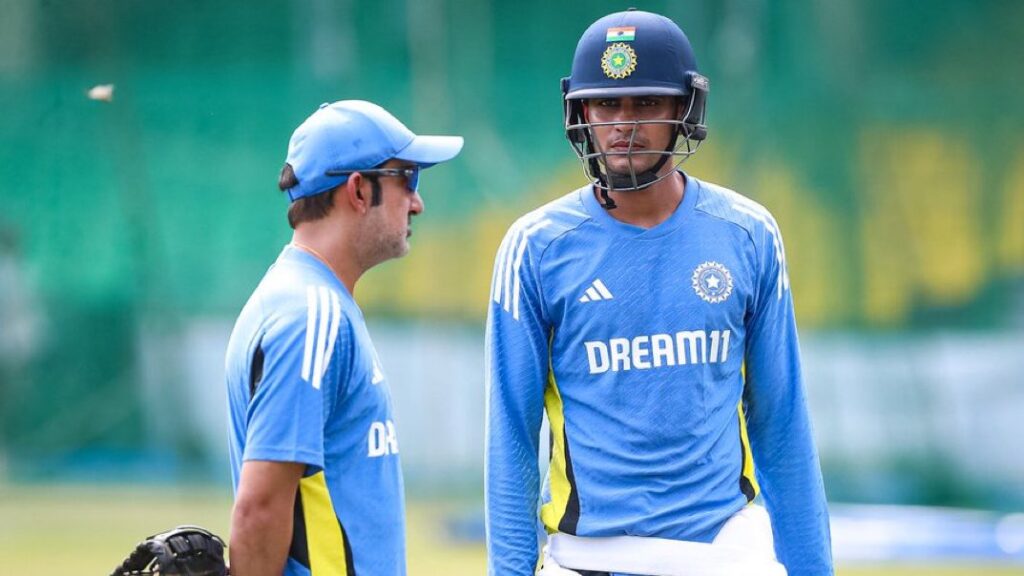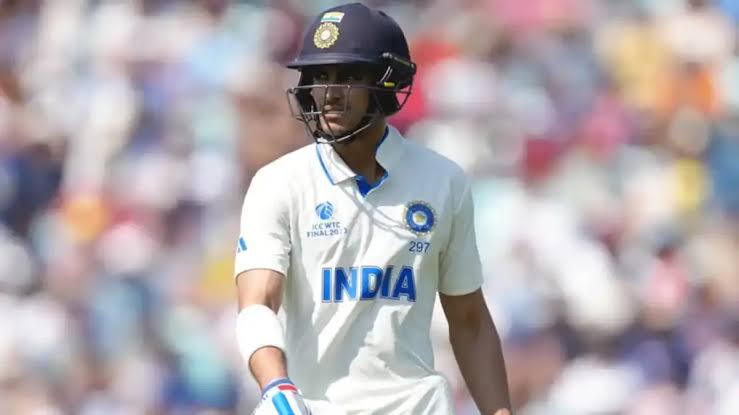
Before today, if Indian cricket fans were asked about the Test captain who came to the hot seat most unprepared and found himself in all kinds of fix, MAK Pataudi or Krishnamachari Srikkanth could have been among the options for an answer.
Pataudi became the youngest India skipper in the West Indies in 1962 accidentally, when he was 21, following a near-fatal blow to Nari Contractor. Nobody expected Srikkanth to do the job in Pakistan in 1989-90. If the former was young, Srikkanth was 30, and completely inexperienced in that role.
Ask the question today and there is no debate. Shubman Gill has been handed the toughest assignment for an India captain in recent memory. Historical susceptibility against the swinging ball in England is not the prime factor. The collective inexperience in batting without the big bosses, dark clouds over the skipper’s own form, forced selections caused by sudden retirements and pores everywhere make this combination unprecedentedly uncomfortable.
Skipper and the batter under microscope
Even staunch Gill fans would dither to boast that he commands a place in a Test XI in typical or semi-typical English conditions. His average is 35.05 after 32 matches. In England, it dips to 14.66 in six innings. The confidence gained from batting at No. 3 at home was lost in Australia. Five Tests in the country of the game’s origin can feel longer, if things refuse to fall in place early on.
There is also this possibility of Gill gritting it out or attacking his way out of trouble. He has the skills and wherewithal to master challenges. Turning 26 in September, he is one of the best ODI openers around. Cracking the Test code, however, is taking time. Along with his cover drives and pulls from close to the body, opponents have also noticed a ‘hole’ in his methods against the incoming ball.
This is not to belittle Gill, but to say that he would have been under pressure as a batter even if he was not the captain. After his debut success in Australia four years ago, his returns from the next tour of that country, England and South Africa are not noteworthy. Add to it no experience of red-ball captaincy, and Gill is left with too much to address even before a ball has been bowled.
List of concerns longer than India’s tail
The young captain has a squad which is not ragtag and bobtail, but not much organised either. Rohit Sharma and Virat Kohli’s absence necessitated changes and despite their potential, some of these batters have little or no experience in England. A few would have been in the reserves had the big two not retired. Gill at No. 4 means a new face at 3. Gill at 3 means the same in Kohli’s position. Selection of batters and their order might become a headache if things don’t click quickly.

It’s not that bad on paper in bowling, although there are uncertainties. Jasprit Bumrah won’t play all five Tests. There can be other fitness issues. This is the last add-on this team would ask for. Operating with an attack unfamiliar in those conditions in one or two games can’t be ruled out and that’s not an auspicious eventuality.
By the standards of Indian cricket back then, Pataudi had accomplished and seasoned players around him. Srikkanth’s team included Kapil Dev, a few stalwarts of that period and an emerging Sachin Tendulkar. Looking at what Gill has at his disposal other than a handful of exceptions like Bumrah, it’s difficult not to sympathise with him.
It’s also true that this England team prefers pitches favouring brisk scoring over conditions loaded in favour of swing bowlers. Their attack isn’t as good as the ones featuring James Anderson and Stuart Broad which tormented India and everybody else. The Gills, Jaiswals and Sudharsans can score runs with pluck and luck. Doesn’t sport have an unfathomable way of springing surprises? The answer is ‘yes’ and another question. How is it for a team to bank on surprises in order to come good?



